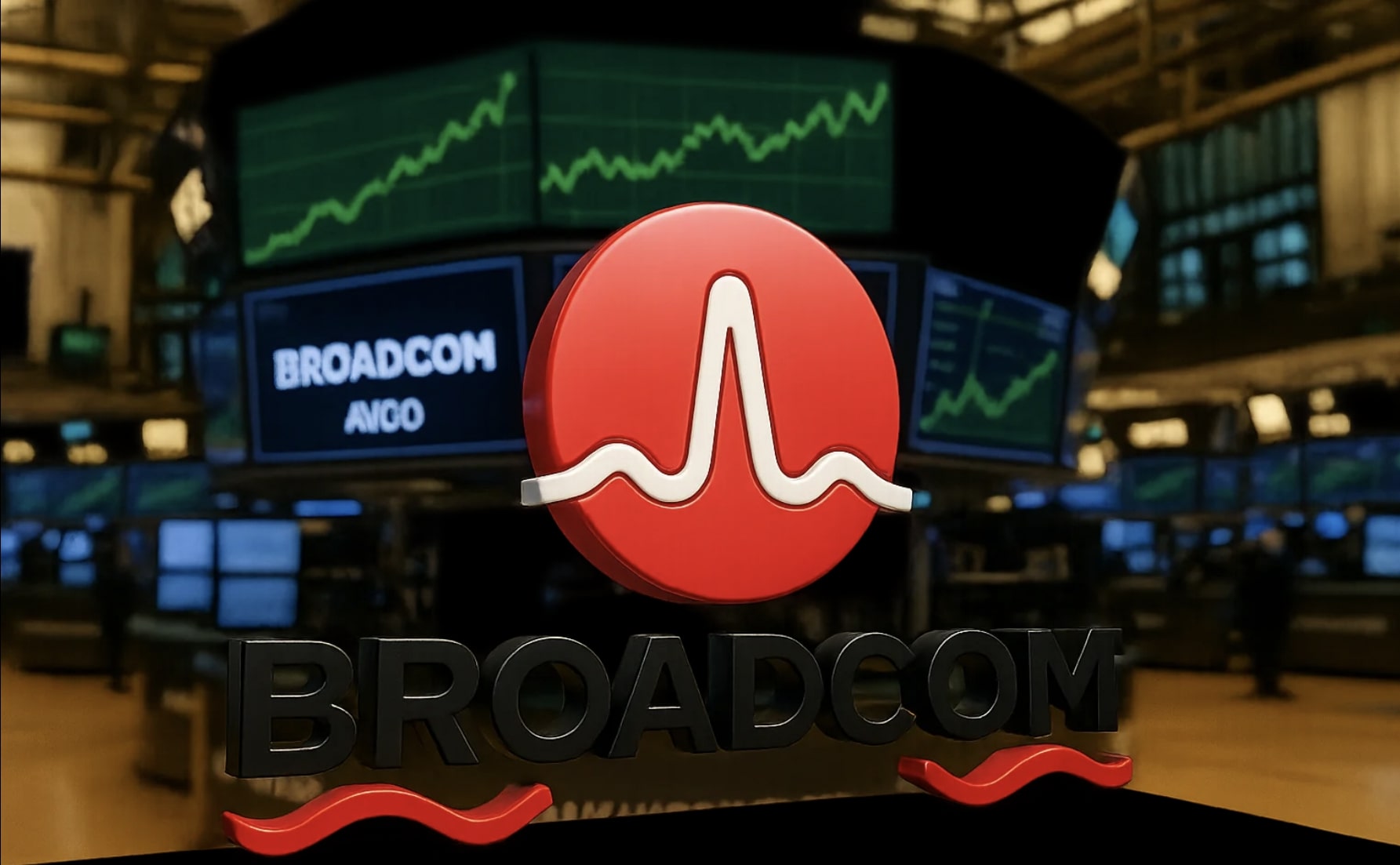
SCHD ETF (NYSEARCA:SCHD) at $70.29: Is the Increased Energy Exposure a Risk or an Opportunity?
How Will SCHD's Shift in Sector Allocations, Including a Major Jump into Energy, Impact Its Long-Term Dividend Growth? | That's TradingNEWS
SCHD ETF Overview: A Dividend-Focused Investment Strategy
The SCHD ETF (NYSEARCA:SCHD), currently trading at $70.29, has long been recognized as a gold standard in the world of dividend investing. With its focus on high-quality, dividend-paying stocks, the ETF has garnered a reputation for consistent performance and resilience during market downturns. However, the reconstitution of SCHD this year has introduced notable sector shifts, especially an increased exposure to the Energy sector, which may affect the fund's performance in the near future. Given the economic uncertainty, including the risks of a global recession and tariff-induced volatility, it's essential to analyze whether SCHD remains a strong buy or if caution is warranted.
SCHD’s Reconstitution: Major Changes to Sector Exposure
SCHD’s annual reconstitution, which took place towards the end of March, was responsible for a 20% turnover in its holdings. This rebalancing event significantly reshuffled the ETF's sector allocation, making it crucial for investors to understand the implications of these changes. Notably, Energy exposure jumped from 11.37% to 19.84%, marking an 8.47% increase. This change came about through the inclusion of energy giants like ConocoPhillips (COP) and Schlumberger Ltd. (SLB), alongside increased allocations to Chevron (CVX) and other energy firms. While these companies provide strong dividend yields, the energy sector is highly correlated with fluctuations in oil prices, which are especially volatile during economic slowdowns or recessions.
On the flip side, Financials saw a significant reduction from 17.26% to 8.42%, reflecting the growing risks in the financial sector amid economic uncertainty and credit market stress. The decrease in financial exposure aligns with the concerns over the global trade conflict, particularly the tariff war between the US and China, which has led to a weaker economic outlook.
The Impact of Energy Exposure on SCHD’s Performance
The energy sector's increased exposure in SCHD warrants careful consideration. Given the ongoing economic uncertainties and the possible onset of a global recession, the demand for oil and energy stocks can be significantly affected. For instance, the price of oil recently dropped from $72 to $62 per barrel, and further declines are possible if the global economic situation deteriorates. The energy sector is historically known for high volatility, making SCHD's increased allocation to energy stocks risky, especially if oil prices remain under pressure.
Energy stocks tend to exhibit a near-perfect correlation with oil prices. During recessions, as consumer spending and industrial demand decline, energy demand typically drops as well. Therefore, SCHD’s performance could be weighed down by the poor performance of these energy stocks. Moreover, companies like Schlumberger face risks related to project delays, cancellations, and capital conservation strategies, which could hurt their earnings and dividends, affecting SCHD’s income-generating potential.
Consumer Staples and Healthcare: Defensive Sectors to Offset Risk
While the increased exposure to energy poses risks, the adjustments made to consumer staples and healthcare allocations provide a more defensive outlook. Consumer staples now account for 19.72% of SCHD's portfolio, with new additions like Target (TGT), General Mills (GIS), and Archer-Daniels-Midland (ADM), which are generally less sensitive to economic cycles and can withstand recessionary pressures better than other sectors. The increased weight in these sectors can help buffer the potential losses from energy stocks during economic downturns.
Healthcare, traditionally a defensive sector, saw its weight reduced from 18.18% to 15.19%, likely due to supply chain disruptions and potential cost increases related to trade tariffs. While the reduction in healthcare exposure may seem like a negative, it could actually be beneficial in the short term. The healthcare sector, which often experiences inelastic demand, remains crucial to SCHD's resilience, but with global supply chain challenges, this reduction may provide flexibility in navigating volatile conditions.
SCHD’s Dividend Yield and Growth Potential Amid Market Volatility
Despite the increased exposure to energy, SCHD’s dividend yield remains strong, now exceeding 4%—a substantial increase from the previous 3.54% yield. The fund's focus on high-quality, dividend-paying companies ensures that it continues to provide stable income for investors, even amidst the broader market volatility. SCHD’s yield has consistently been a major selling point, and its resilience in delivering dividends even during economic downturns is a testament to the quality of its holdings.
The ETF’s low P/E ratio of 14.2x further adds to its appeal, especially when compared to the broader market's 19x P/E and the tech-heavy Mag 7 stocks, which have been facing valuation pressure. SCHD’s lower valuation means it could offer more protection from multiples compression during periods of market selloffs.
The Risk of Tariff-Induced Market Volatility on SCHD
The backdrop of rising tariffs and the uncertainty around trade policies poses a significant risk to SCHD’s performance, especially given its exposure to consumer discretionary and energy sectors. Tariffs between the US and China have already led to disruptions in supply chains and the global workforce, with the US dollar weakening against other currencies like the Euro. Although tariffs on some electronics have been paused temporarily, the ongoing trade war could continue to cause market instability, which might negatively impact SCHD’s performance.
SCHD’s resilience in the face of these challenges, particularly when compared to the S&P 500 or the Nasdaq, can be attributed to its defensive tilt, focusing on stocks with consistent dividend growth and strong fundamentals. However, in the event of a prolonged recession or worsening trade conflicts, SCHD’s sector allocation to energy and consumer staples might not be enough to shield it from the broader market downturn.
SCHD ETF: A Long-Term Investment for Dividend Growth
Overall, SCHD ETF (NYSEARCA:SCHD) remains a strong buy for long-term dividend growth investors, especially in today’s market. While the increased exposure to energy stocks introduces short-term risks, the fund’s solid portfolio construction and defensive sectors, particularly consumer staples, help mitigate those risks. With a strong dividend yield of 4%, SCHD continues to be an attractive option for income-focused investors looking for consistent dividend growth over the long run.
Despite recent market volatility, SCHD’s historical performance shows that buying during market drawdowns has been a profitable strategy. As SCHD dips to $70.29, this could present a great entry point for investors looking to capitalize on its long-term growth potential. The ETF’s low P/E ratio, coupled with its dividend-focused strategy, positions it well for a strong recovery once market conditions stabilize.
For real-time updates, check the SCHD ETF stock chart here.
















